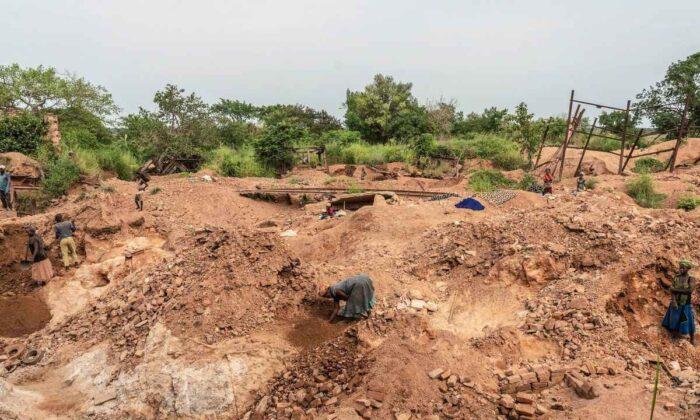The Australian government has pledged hundreds of millions of dollars in new funding to challenge China’s grip on supplies of key minerals while starting a critical minerals processing industry which it says could create 262,600 new jobs by 2040.
China controls over 80 per cent of the world’s rare earth supply. The communist country is also the destination for about 97 percent of Australia’s lithium, which is used in batteries, including those for electric vehicles.
Australia produces significant amounts of metals such as aluminium, nickel and copper, which, combined with critical minerals, are crucial for low-emissions technology such as electric vehicles, batteries, solar panels, and wind turbines.
The country is also the world’s largest producer of lithium, the third-largest producer of cobalt, and fourth largest producer of rare earths. However, almost all of their production is shipped to Asia, where it is processed into value-added products.
Although the 55-page document did not mention “China,” it said it would “track and monitor foreign investment in Australian critical minerals projects to ensure it is not counter to Australia’s national interest.”
Australia boasts some of the world’s largest known reserves of key minerals, local mining companies need billions of dollars in funding to develop them and their processing facilities.
King said the Strategy makes it clear that Australia can play a crucial role in delivering the processed minerals the world needs for a clean energy future, building on a rich geological endowment and record as a reliable exporter of energy and resources.

Yet, the minister warned that Australia must overcome major challenges to enter the lucrative processing industry.
“While the potential is great, so too are the challenges. The Strategy makes it clear our natural minerals endowment provides a foot in the door, but we must do more to create Australian jobs and capitalise on this unique opportunity,” King said.
Independent modelling has found increasing exports of critical minerals and energy-transition minerals could create more than 115,000 new jobs and add $71.2 billion to GDP by 2040, according to the government.
“However, the number of jobs could increase by 262,600, and the increase in GDP strengthen to $133.5 billion by 2040 if Australia builds downstream refining and processing capability and secures a greater share of trade and investment,” according to the statement.
The government is also reviewing a list of Australia’s designated critical minerals, following other countries which have used similar lists to support their energy security and decrease reliance on key products, such as lithium, from China.
The list currently includes 26 minerals with “critical status,” defined as “vital for the functioning of modern technologies, economies or national security and for which supply is at risk of being disrupted.”
Australia’s list of critical minerals includes cobalt and graphite for batteries, zirconium for nuclear energy, and tungsten for electronic components.




